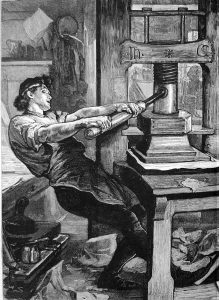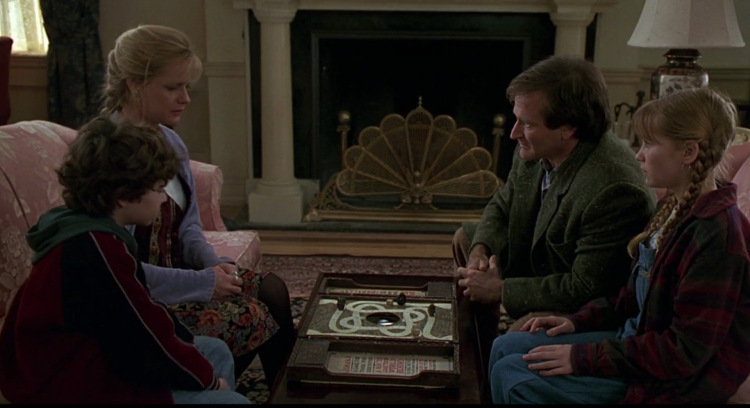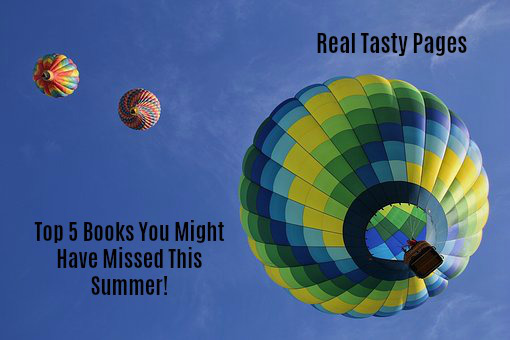 Because there is so much information already available about self-publishing, I’m only going to scratch the surface here, but hopefully I can shed enough light on the topic to make it a little less intimidating. More than anything else, self-publishing requires patience. There are quite a few steps, and some of them can be downright tedious. None of them, however, are so difficult that someone with average or above intellect can’t deal with them. For most folks, it’s not an intellect issue at all; it’s a time issue. They’re either in a hurry to see their work published, or they don’t want to take the time to learn how to do it on their own.
Because there is so much information already available about self-publishing, I’m only going to scratch the surface here, but hopefully I can shed enough light on the topic to make it a little less intimidating. More than anything else, self-publishing requires patience. There are quite a few steps, and some of them can be downright tedious. None of them, however, are so difficult that someone with average or above intellect can’t deal with them. For most folks, it’s not an intellect issue at all; it’s a time issue. They’re either in a hurry to see their work published, or they don’t want to take the time to learn how to do it on their own.
The alternative is to pay someone to do the parts you can’t or won’t tackle independently. There’s no shame in that. Most people have no idea how to design a cover, arguably the most important part of an indie publisher’s marketing program. A bad cover will almost certainly result in bad sales. But, so will a bad story. I’m going to assume that since you’ve been reading this blog, and you’ve applied all the lessons, you’ve written something worth publishing.
Why control freaks don’t like e-books:An e-book, no matter how the reader views it–on a Kindle, a Kobo, a Nook, a PC, a smart phone, or whatever–consists of text. The reader gets to choose what size. Oh, and what font. And what color. In fact, the reader gets to pick everything, not just whether or not to read the book. As an author, you get no say in how your brain child appears on somebody’s reader. You either write something so good they’ll want to buy more of your stuff, or you don’t. Other than adjusting the price and making your books available in as many different formats as possible, you’re done.
If you’re wondering how to format a version of your manuscript for e-books, get Mark Coker’s excellent guide. It’s free! (Here’s the link.) He’ll show you, step by step, how to clean up your manuscript and get it ready for e-publication. Coker is the founder and head honcho at Smashwords.com. He’s been in on e-books since Day 1, and he knows whereof he speaks. While Smashwords is not the only e-book aggregator around, it’s one of the oldest and most reliable. I use it and have never been disappointed. Only very minor changes are needed to get your manuscript ready for the 800-pound gorilla in the e-book room: Amazon Kindle.
If you’re going to produce e-books, then you’d be insane not to format them for Amazon’s stable of Kindle e-readers. Kindle Direct Publishing has a new (as of this writing) program that will take your Microsoft Word document and prepare it for uploading to Amazon. I used it on my latest novel, Oh, Bits! and it worked just fine. I fiddled with it for awhile but quickly got comfortable with the (limited) options available. In short, it’s free and works great. You don’t need to pay anyone to format your e-books for you.
 Most self-publishing efforts rely heavily on e-books. Though the royalty payments are lower, since the purchase price is lower, sales are usually much higher than for print books. Many self-publishers use print copies as give-aways and to solicit reviews. These are called ARCs or Advance Reader Copies. The advantage of e-books, aside from their lower price, is portability. Readers can use them almost anywhere and under almost any circumstances.
Most self-publishing efforts rely heavily on e-books. Though the royalty payments are lower, since the purchase price is lower, sales are usually much higher than for print books. Many self-publishers use print copies as give-aways and to solicit reviews. These are called ARCs or Advance Reader Copies. The advantage of e-books, aside from their lower price, is portability. Readers can use them almost anywhere and under almost any circumstances.
If you just can’t stand the thought of doing the work yourself, you can always hop over to Draft2Digital.com and let them do it. It’ll cost you a slice of your profits, but it’s not too high. They provide a service similar to Smashwords by aggregating sales through many of the biggest e-book retailers. And, like Amazon, they pay you monthly rather than quarterly.
Next time around, we’ll take a look at self-publishing print books.
–Josh
Share this:- More
![Heart of the Wolf by [Spear, Terry]](/ai/020/585/20585.jpg)




